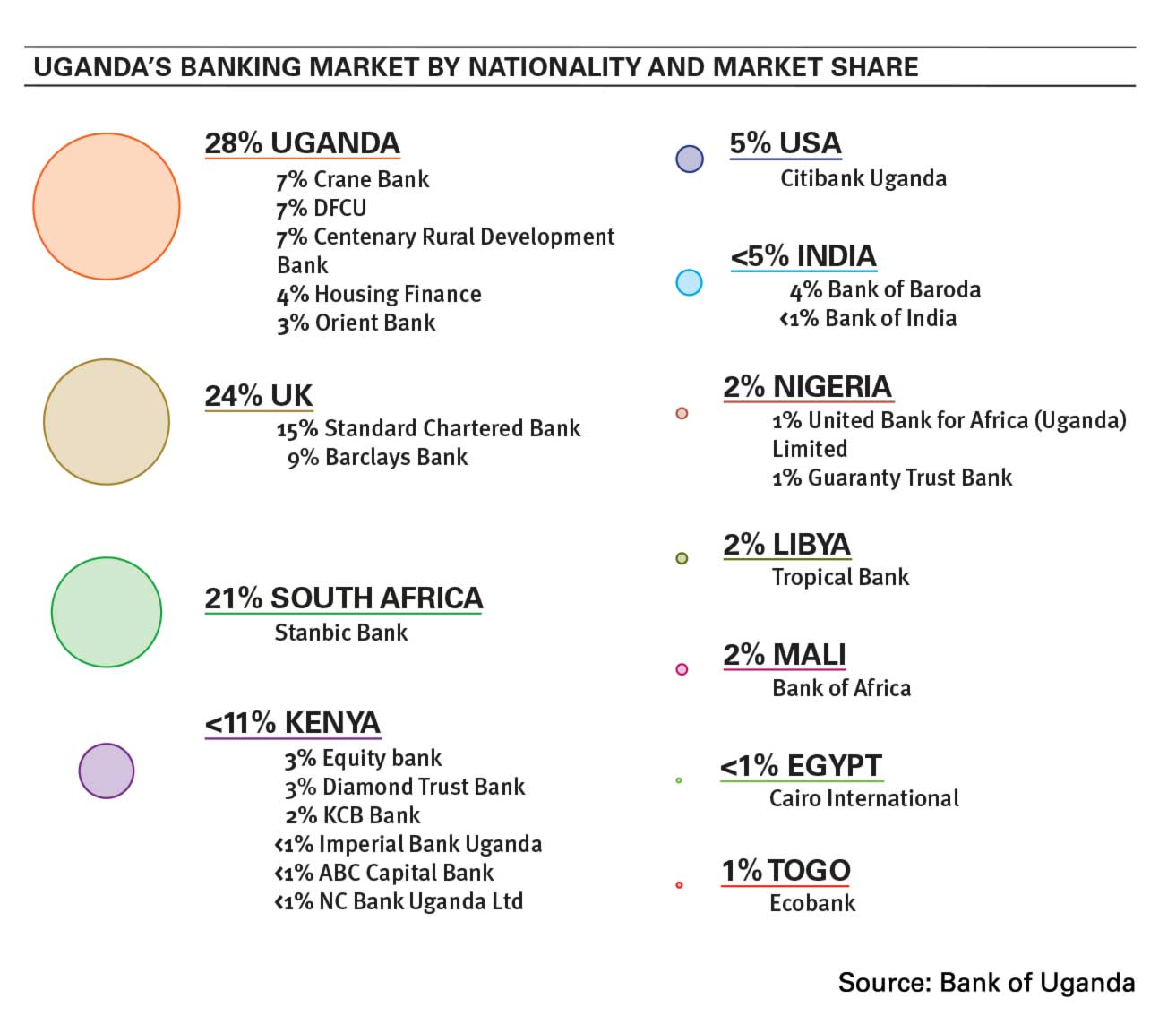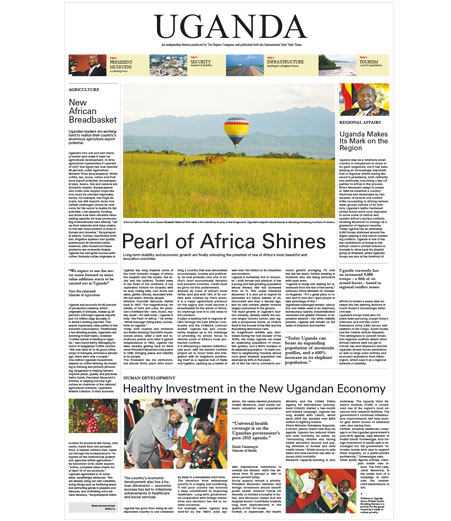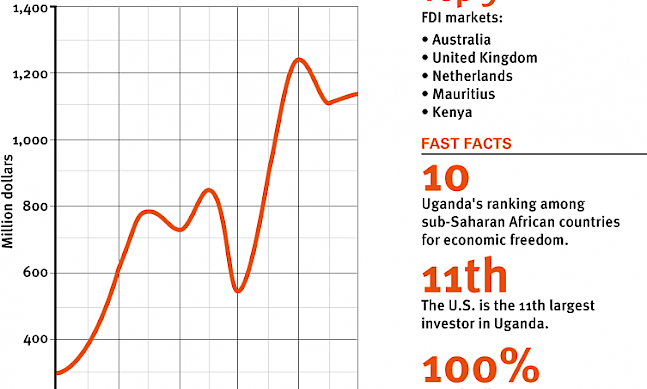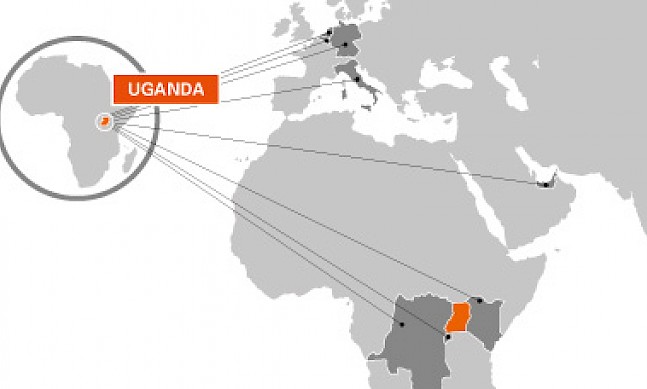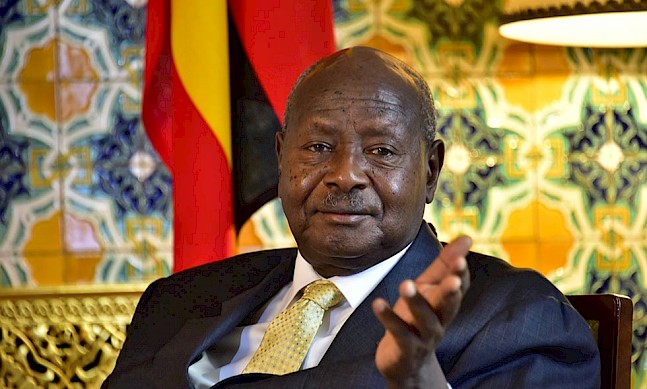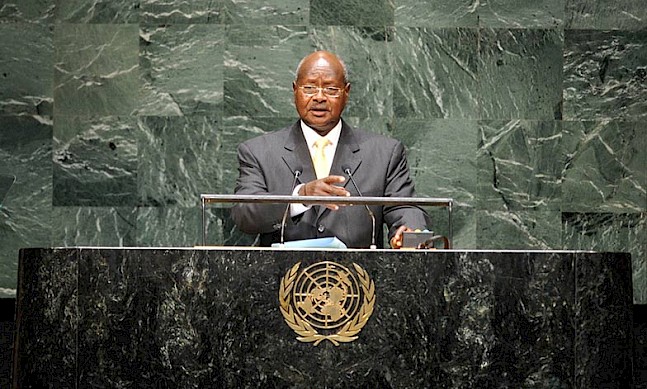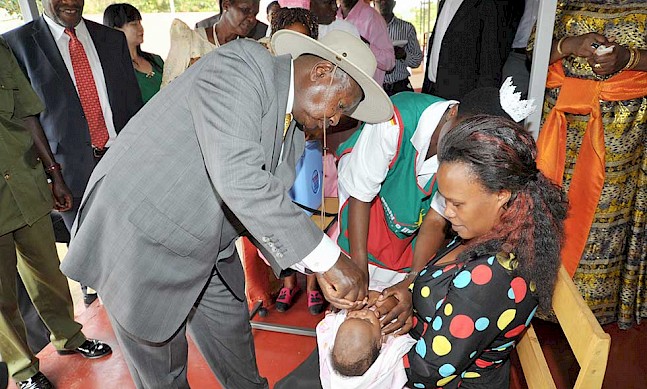Despite a limited budget and many needs, Uganda expects revived economic growth.
Like other African countries, Uganda has fiscal concerns. Global economic factors have restricted budgets and devalued currencies. Ugandan budget shortcomings also owe partly to debt accumulation connected with large-scale infrastructure projects vital for luring investors. Despite public-sector restrictions, however, the banking sector has launched initiatives to increase prosperity and business opportunities, especially for underserved rural Ugandans, and SMEs.
Treasury Secretary Keith Muhakanizi is unworried. Despite some macroeconomic instability which caused high inflation, he says, “we took measures to stabilize the economy, which led to an average of three to four percent GDP growth.” Muhakanizi anticipates six-percent growth in the next fiscal year.
The 2015/2016 budget (18.4 trillion Ugandan shillings, over $5 billion), sees increased funding for the security, energy and transport sectors. While the opposition argues that agriculture and tourism remain underfunded, leaders disagree. “If we invest in energy and infrastructure, it has a direct bearing on agriculture in terms of transportation and value addition,” Minister for Privatization Aston Kajara said. Increases in the energy and minerals budget were connected to infrastructure needs, as higher allocations partly subsidized the 600-megawatt Karuma hydropower dam’s construction costs.
Muhakanizi concurs, adding that “the first thing we need for our tourism sector is to build the airport. The first thing we need for the agricultural sector is to build the roads and water supply.”
However, despite record tax income in 2014, taxation during the upcoming budget period should net only 11.1 trillion shillings ($3.04 billion); the government can thus fund only 60 percent, with external and domestic borrowing covering the remainder. Some 1.7 trillion shillings ($465.6 million) are already budgeted for interest payment on government loans.
A general African currency decline has also hit Uganda. The shilling has depreciated 24.5 percent since March 2014. Analysts blame this on tumbling commodities prices, the dollar’s rise, and lingering investor reticence regarding frontier markets. The devaluation has increased dollar borrowing costs.
In July, Bank of Uganda Governor Emmanuel Tumusiime-Mutebile called the devaluation ‘unavoidable’ due to weak exports. He also noted possible beneficial aspects, noting a weaker shilling makes Uganda’s exports more competitive, and might encourage Ugandans “to purchase domestically produced goods rather than imports.”
Tumusiime-Mutebile sees long-term stability in solidarity. The East African Community (EAC) will establish a monetary union by 2023, and Tumusiime-Mutebile hails this as “the third step in the process” of integrating EAC economies.
He adds that over “three-quarters of Uganda’s capital account surplus is accounted for by foreign direct investment and borrowing from official sources, such as multilateral institutions, which are relatively stable sources of funding.” Therefore, he says, Uganda can “mobilize the capital needed to finance the balance of payments.”
“We now have the flexibility of being a local bank which has a regional presence and a global parent.”
Rakesh Jha CEO of Barclays Bank Uganda
Tweet ThisThe banking sector is also confident and will drive growth. Stanbic Bank, owned by the Standard Bank Group (SBG), is active across Africa and is Uganda’s largest bank. CEO Patrick Mweheire highlights Uganda’s place in Stanbic’s continental portfolio as a ‘top quartile contributor’ within the bank’s general Africa operations.
Mweheire’s priorities include a redoubled focus on service, working with SMEs, and helping shape the ‘mobile money’ revolution in Africa. Stanbic is well-positioned already: “mobile money is regulated by the Bank of Uganda through us as a proxy,” he reveals. “We are a key stakeholder in the communications with the central bank.”
Diaspora remittances, which equal $1 billion annually, represent another Stanbic priority. An upcoming product running on the Visa and MasterCard system will let customers make online transfers directly to a mobile device, minimizing fees.
Another major bank, Barclays Uganda, is also developing mobile money, and taking a personalized customer approach. Noting that long-term success in a youthful, growing nation requires social engagement and innovation, CEO Rakesh Jha says that he will create “a banking opportunity for people who are absolutely marginalized, whose saving capabilities are maybe $2 per week.”
To do this, Barclays Uganda is teaming up with partners in the telecom sector, directly engaging with Ugandans in the remotest of villages. “We are replacing the traditional way, where they would have community savings in paper accounts, with electronic ledgers which are available on mobile,” says Jha.
Such social innovation lets villagers accrue interest for the first time, and enjoy quicker and safer access to funds. Another bank project, targeting enterprise development, will also create opportunities for rural areas.


